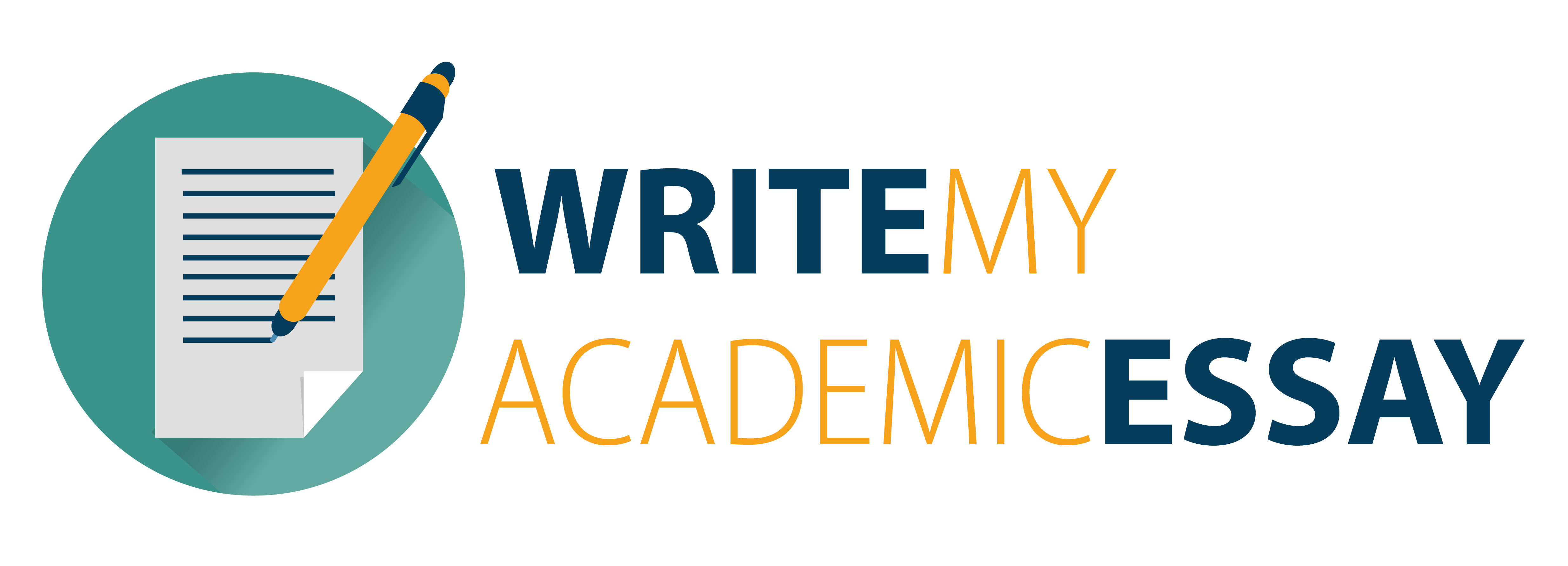Country Brief: Australia’s Strengths
Order Description
The country brief should be structured as follows:
1. A short presentation of the data set.
2. An analysis of what the data tells you.
3. A short conclusion on whether main strength of the actor.
1. A short presentation of the data set (recommended app. 250
words).
You are entirely free in the choice of your data set. You can use raw data (that
you extract directly from one source: ex. GDP extracted from the World Bank
website), or make your own data set (ex. Foreign Direct Investment per capita
–you will have to find data on FDI and population and then combine them).
You will need to produce your own data set if you want to reach D or HD for
this part of the assignment (see rubric).
Please remember that you must always consider the relevance of your data set
for the question.
You can present your data in any format (including table and graph) but you
must include an explanation about your data set.
Here are some examples of sources (multiple databases in each of them) you
might want to use:
? World Bank
? International Monetary Fund
? WTO
? UN Data
? SIPRI
? IISS, The Military Balance
? Correlates of War
2. An analysis of what the data tells you (recommended app. 350
words).
Data by themselves are not sufficient, they must be analyzed and put in
perspective. For instance, stating that country X has tripled its defense
expenditures is quite impressive if its GDP has been constant over the period,
but not so much if its GDP have been multiplied by ten.
There are multiple approaches that you can use to analyze your data:
? Time series approach: this requires that you provide data for different
years/stages. You can then explain the evolution of the indicator over
time, whether there were major changes or not, how to account for these
changes, how significant they are… (ex. Evolution of Indian GDP since
1991, why do we have a turbulences around 2008, comparison of India’s
GDP in 1991, 2009 and 2016…)
? Comparative approach I: you might want to compare the ‘performance’
of the country you chose with the ‘performances’ of other countries in
the region, or with a particular subset of countries (ex. How Australia’s
score on the Composite Index of National Capability compare with those
of Indonesia, Japan and China…). A weak actor would perform not as
well as the other, a strong one better than its counterparts.
? Comparative approach II: you might want to compare the ‘performance’
of the country you chose according to another indicator. This will
provide you with confirmatory evidences or a more nuanced framework
to explain the main strength or weakness of your state/oranization (ex.
If you have chosen to analyze the evolution of China’s ballistic missile
arsenal, you can choose to compare it to the evolution of its fleet of
military satellites…).
? Theoretical approach: This approach is more complex and requires you
to do some additional research (you can ask your tutor or convenor to
point you in the right direction to find additional readings), and you will
have to work ‘backwards’. Most theories will use a particular set of
indicators to assess the power of any given actor. You can then choose
one indicator that the theory uses and that you find particularly
interesting, and analyze how your state/organization performs (ex.
Power transition theory uses relative levels of taxation to assess the
‘extractive’ power of a state/organization).
If you prefer use another approach, you are strongly encouraged to discuss your
project with your tutor or convenor.
3. A short conclusion on whether the main weakness/strength of
the actor you chose to study (recommended app. 100 words).
This is your conclusion. You will state whether you think that your data set and
analysis allow to give a definitive assessment about the actor’s main strength or
weakness. You might want to provide additional nuances and identify potential
zones of uncertainty (ex. assessing China’s military expenditures is problematic
because official figures are not transparent).
Style
In terms of font and spacing, please use 12-point Times New Roman font with
1.5 spacing.
All assessment must be submitted in word format (no pdf).
Referencing
It is important that you correctly cite sources you do use and provide a reference
list/bibliography in accordance with the university’s academic honesty policy.
You will have to use the Harvard (Author-Date) & Reference list style. If
you are not familiar with this referencing system, the library provides you with
a useful guide. Your reference list/bibliography is not included in the word
limit.
Remember that your data set comes from somewhere and has to be referenced
too.
Need help with this Essay/Dissertation?
Get in touch Essay & Dissertation Writing services

